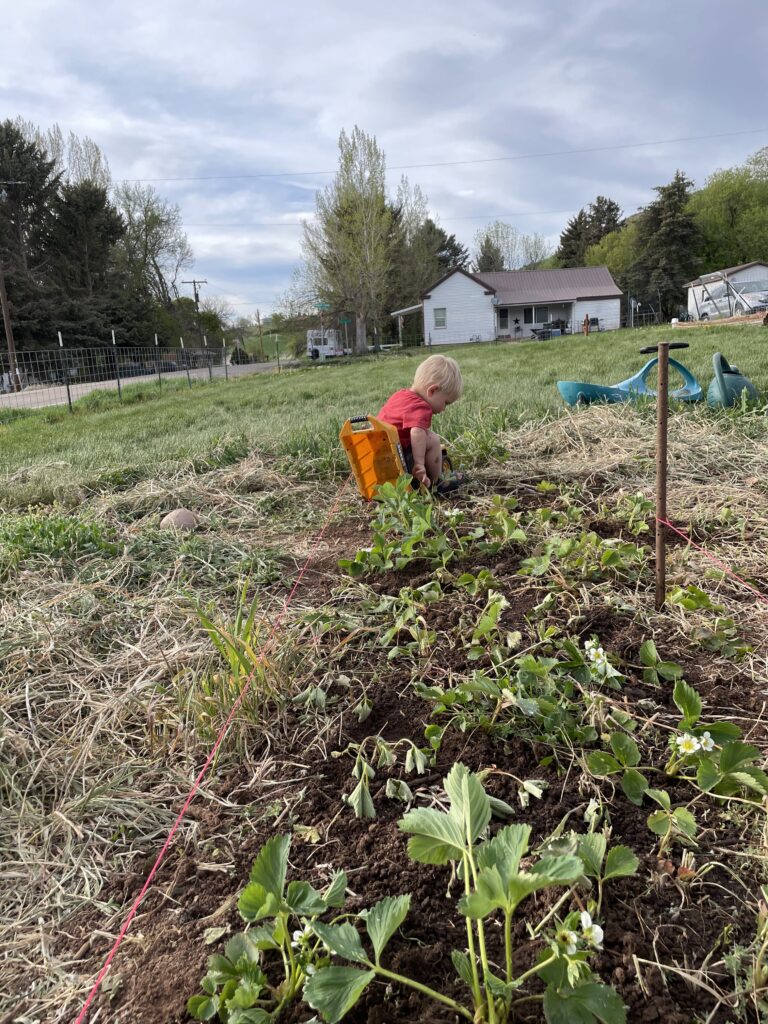How to Know What Creative Arts to Teach Your Child
How to know what creative arts to teach your child. This post is based on the Creative Arts Standards laid out in Utah’s Early Childhood Core Standards.

Creative arts is the study of drama, dance, music, visual arts, movement, and storytelling. Studying the creative arts allows children to begin exploring realities, relationships, and ideas that cannot be expressed through words or numbers.
How to Know What Creative Arts to Teach Your Child
What your child should be learning
During the preschool years, children should be learning to:
-Use voice and instruments to create sound
-Use their body to move to music and express themselves
-Use a variety of media and materials to create drawings, pictures, or other objects
-Portray a variety of events, characters, or stories through drama, props, and language
Below, I have broken each of these learning objectives down into specific things children should be learning and exploring.
Use voice and instruments to create sound
- Learn simple songs
- Experiment with musical instruments
- Listen to a variety of different music
- Participate in music activities such as listening, singing, or performing
- Learn about various components of music (dynamics [loud/soft], pitch [high/low], duration [long/short, fast/slow])
- Express thoughts, feelings, and energy through music
- Learn about and use beat through moving, singing, chanting, or playing instruments.
Use their body to move to music and express themselves
- Move to different patterns of beat and rhythm in music.
- Move body to express feelings and ideas.
- Use creative movement to demonstrate feelings, ideas, and concepts
Use a variety of media and materials to create drawings, pictures, or other objects
- Show interest in and use a variety of materials and techniques to make art creations.
- Create works that reflect experiences or objects.
- Use basic art tools (glue, clay, markers, scissors, paintbrushes, crayons, etc.).
- Compare textures (rough/smooth).
- Talk to others about his/her art.
- Identify and express ideas and information through the creation of visual arts (paintings, drawings, etc.).
Portray a variety of events, characters, or stories through drama, props, and language
- Listen attentively to an adult tell stories or nursery rhymes and act out different parts.
- Understand that real life roles can be imitated.
- Identify and express ideas, information, and feelings through dramatic art (telling stories, playing make-believe, etc.)
- Use dialogue, actions, and objects to tell a story.
- Assume roles in dramatic play situations.
Parents support learning by…
You can support your child’s development of creative art by:
- Regularly having conversations with your child.
- Letting your child know you like and appreciate them.
- Say positive, affirming things to your child throughout the day.
- Play with your child on their level.
- Follow your child’s lead during play.
- Acknowledge your child’s efforts.
- Guide and assist your child in artistic expression of their emotions.
- Acknowledge, respect, and validate your child’s expression of their emotions.
For more, go to this post. Or check out my early childhood 101 course.